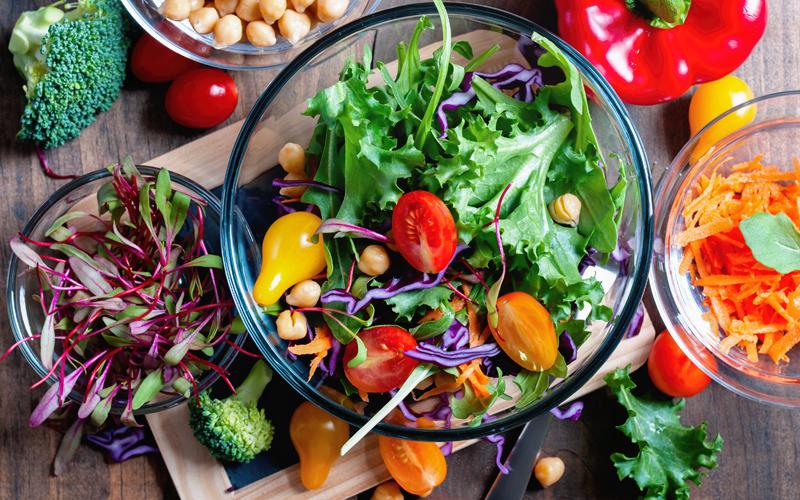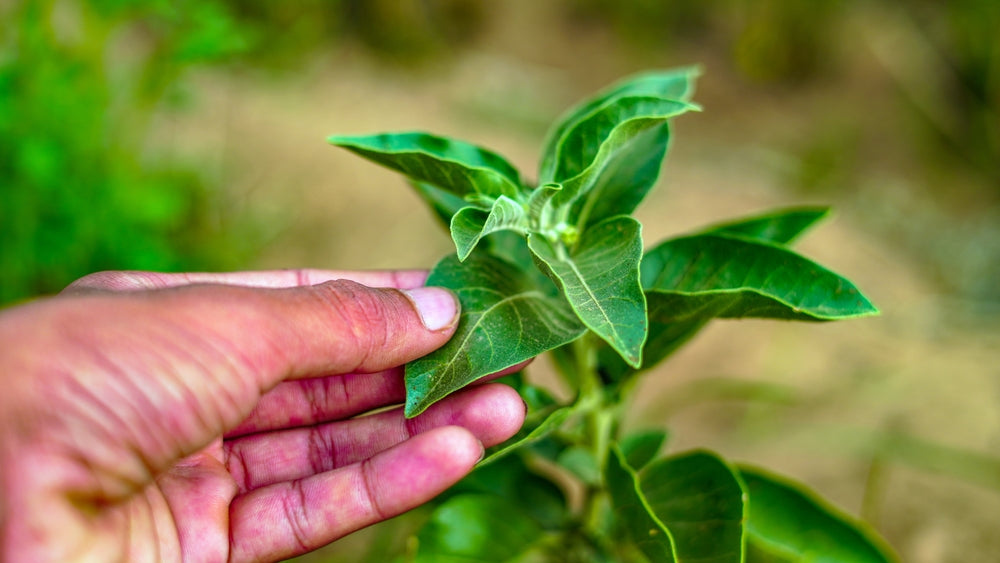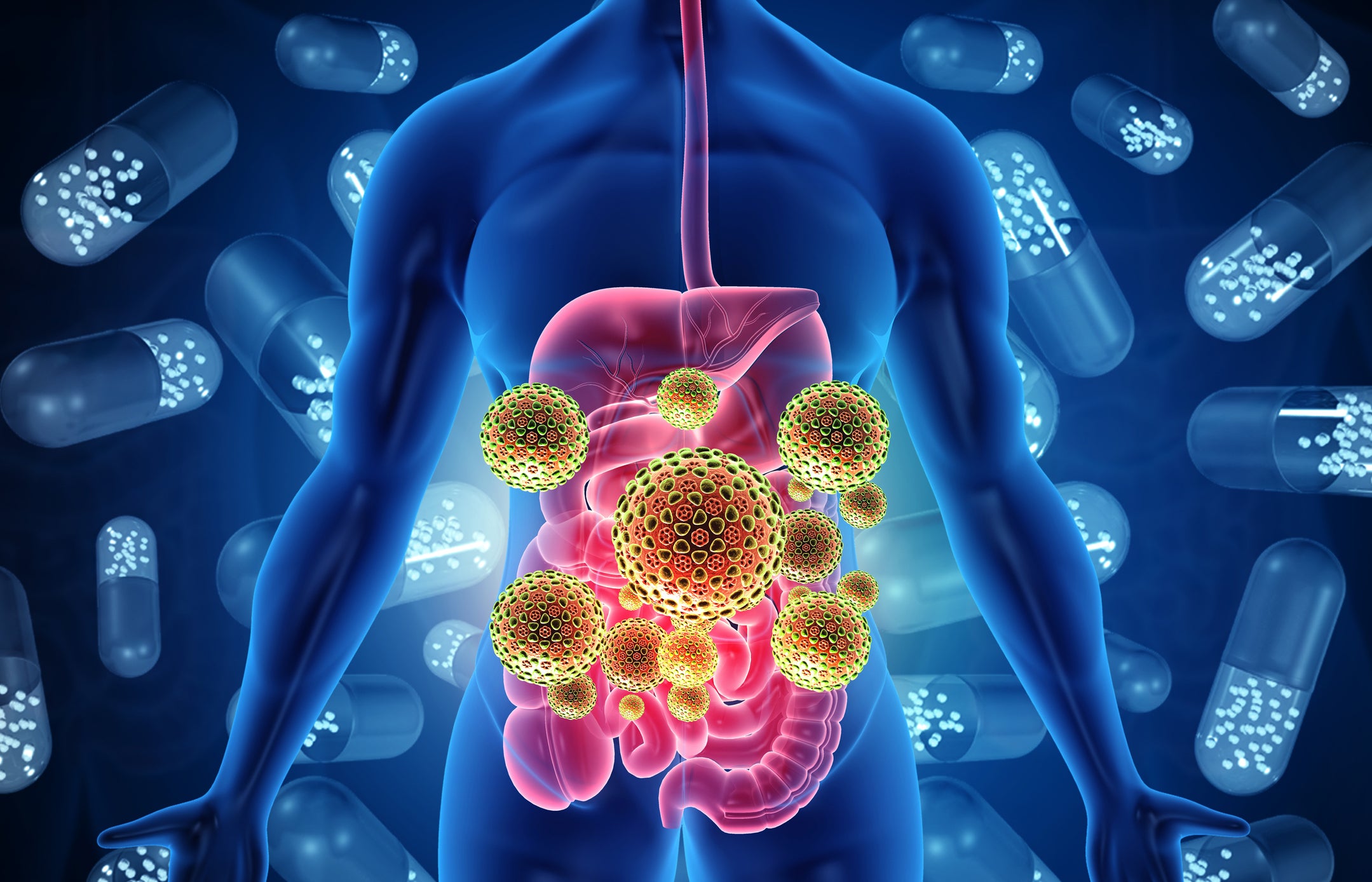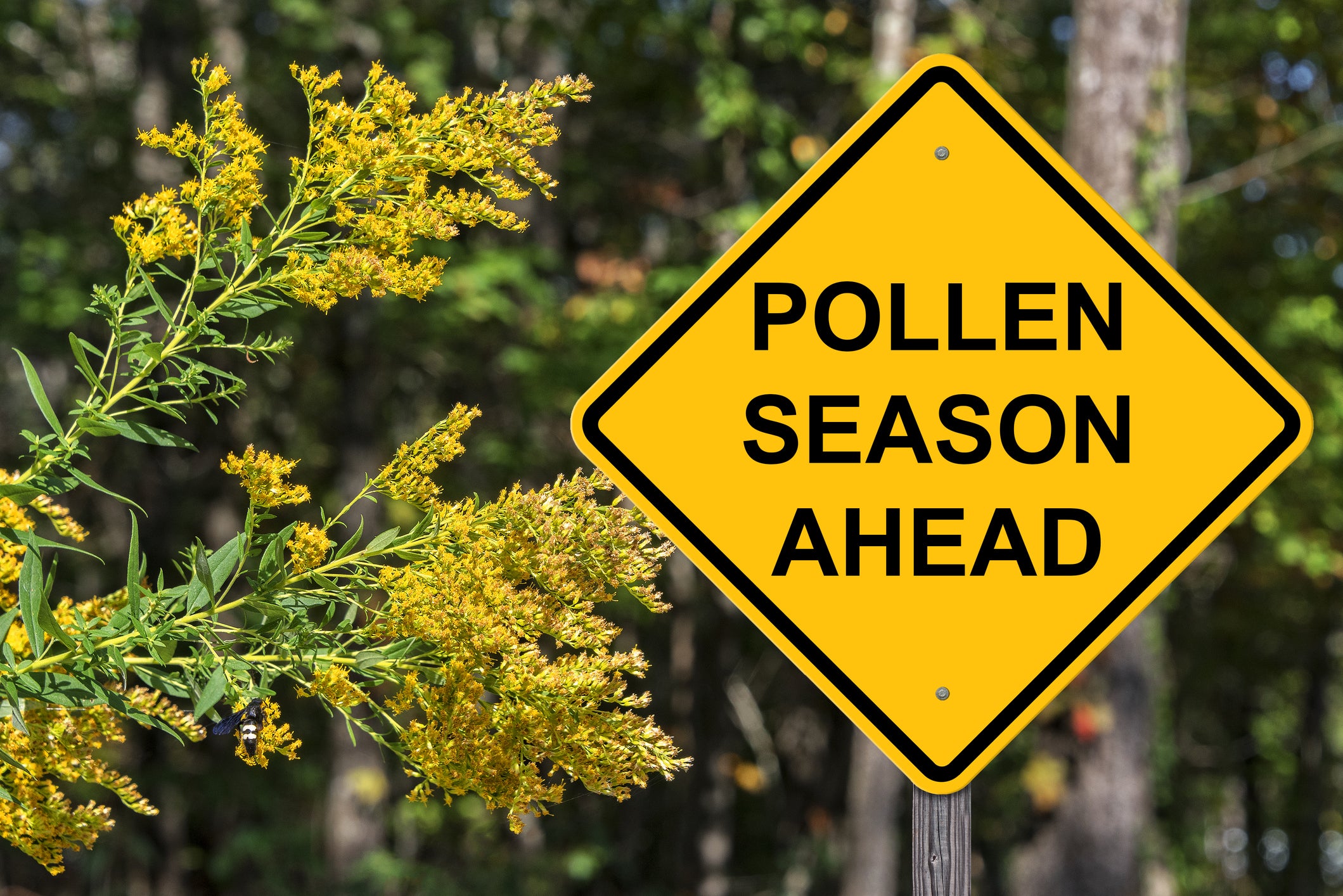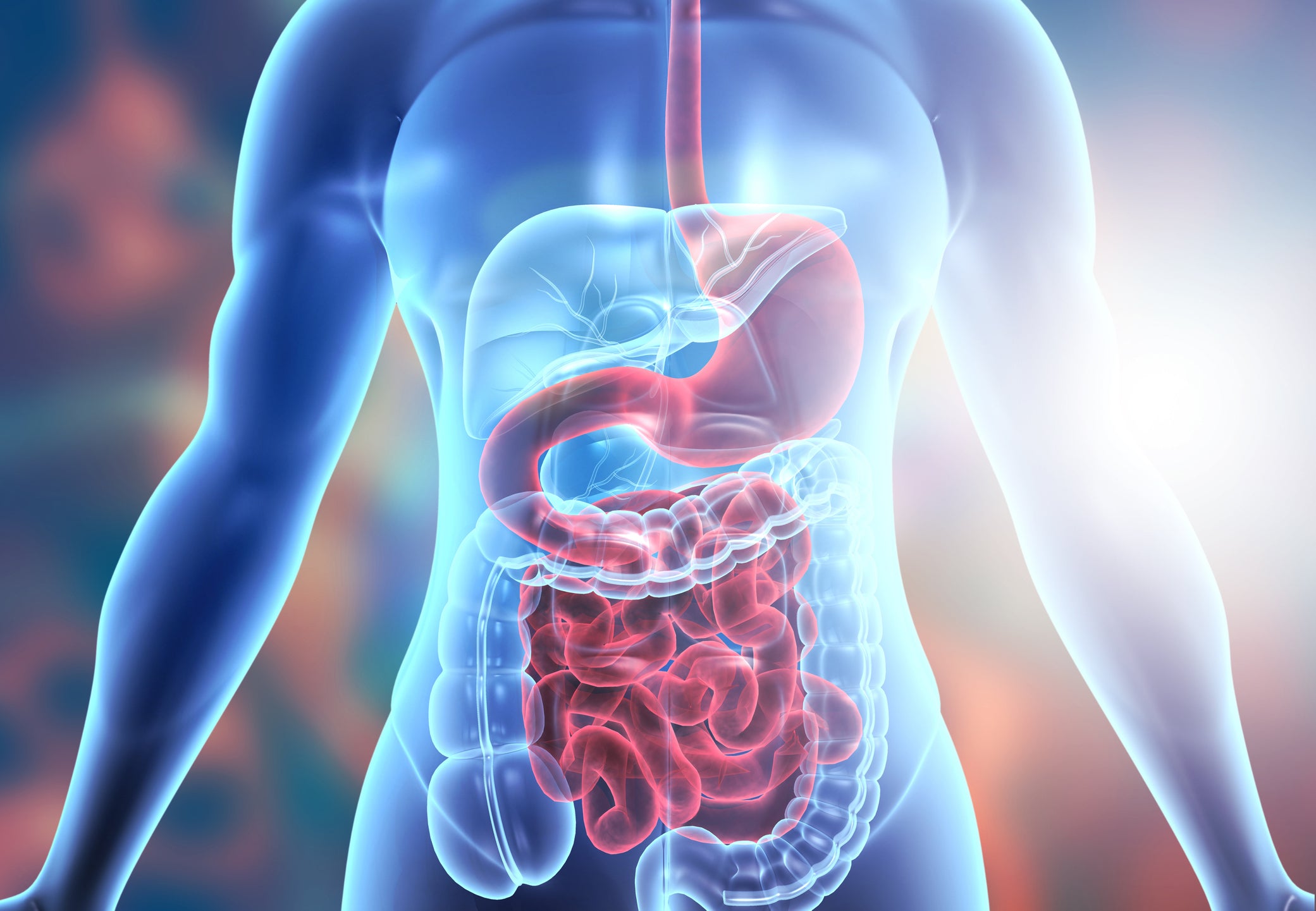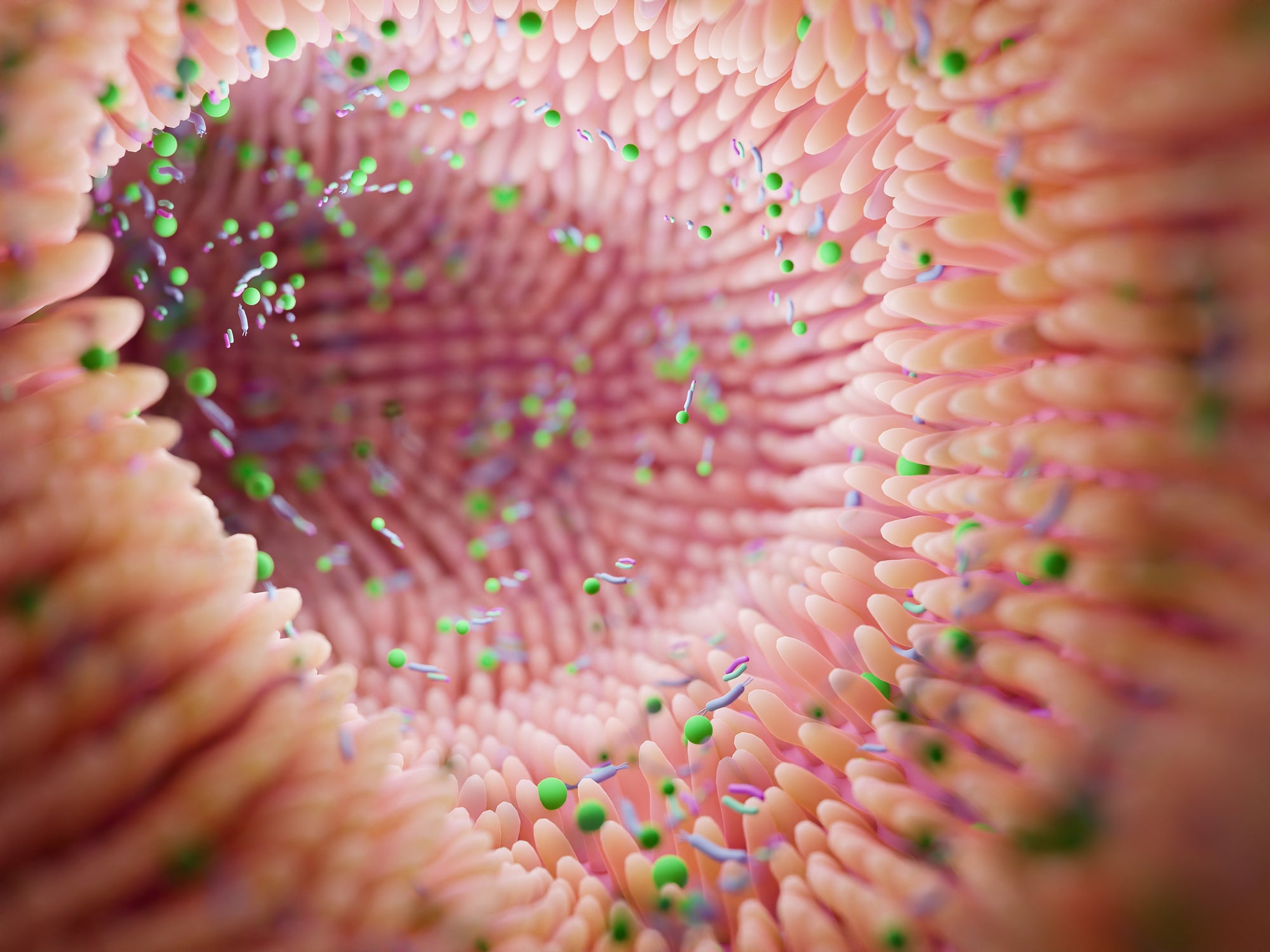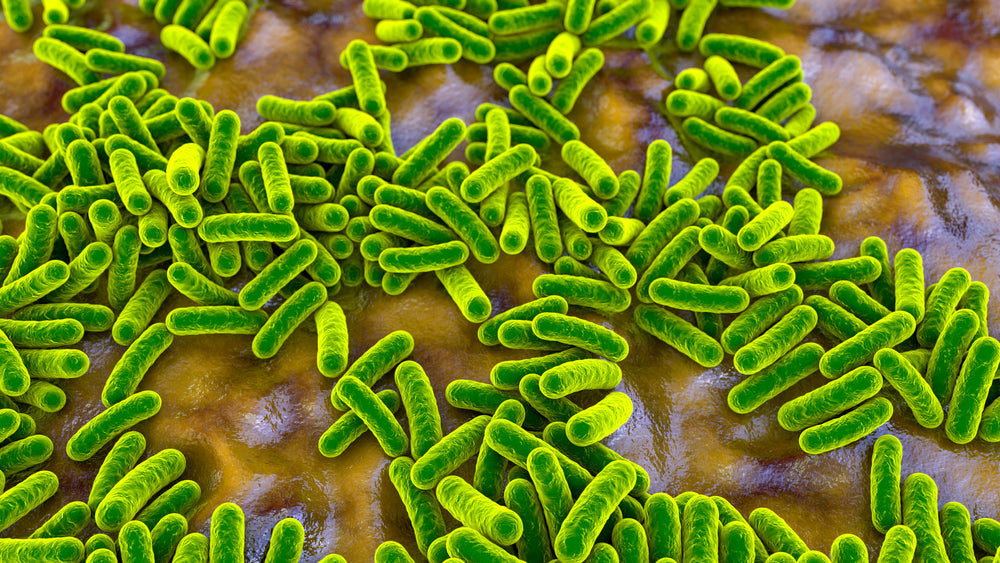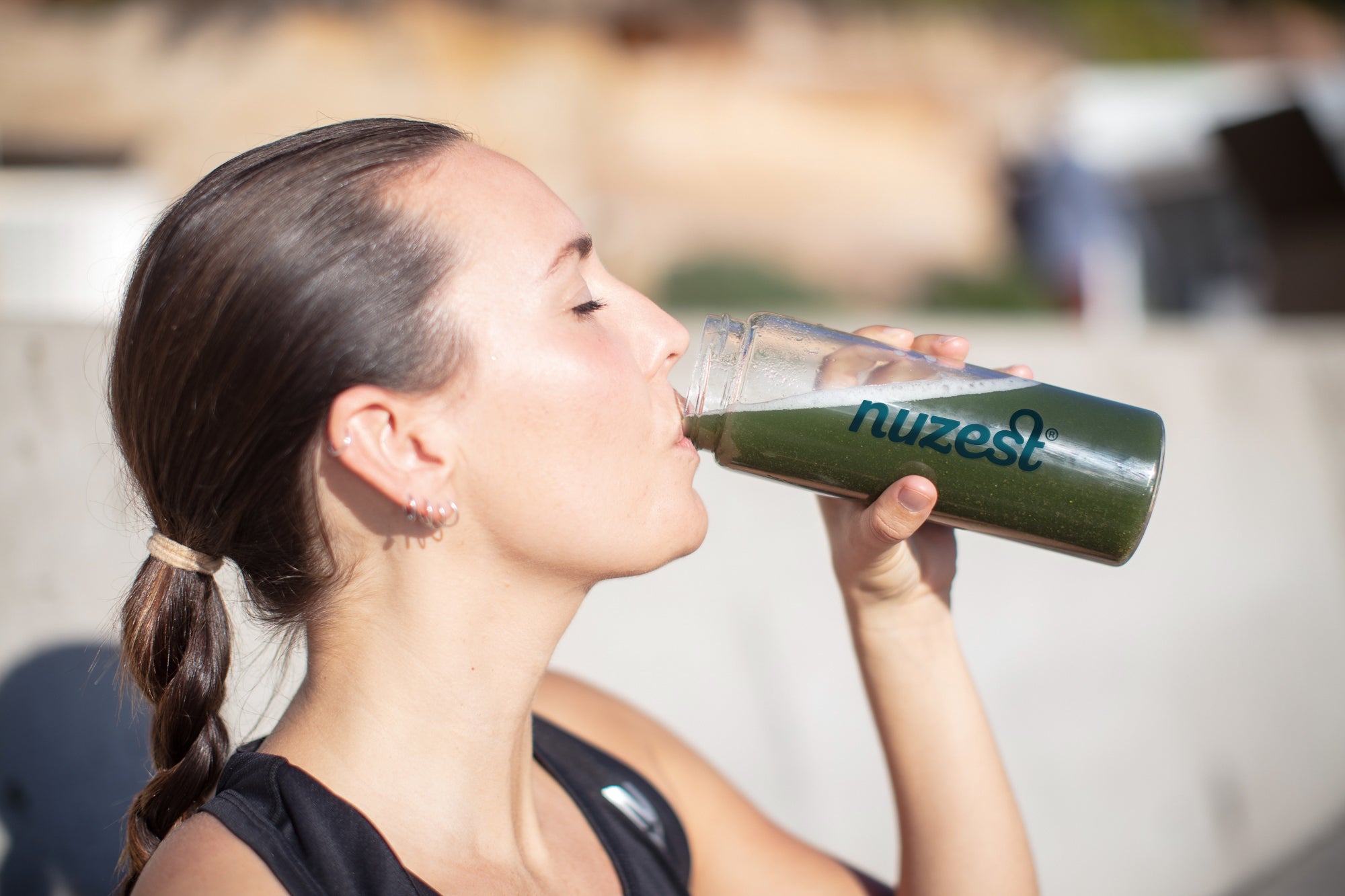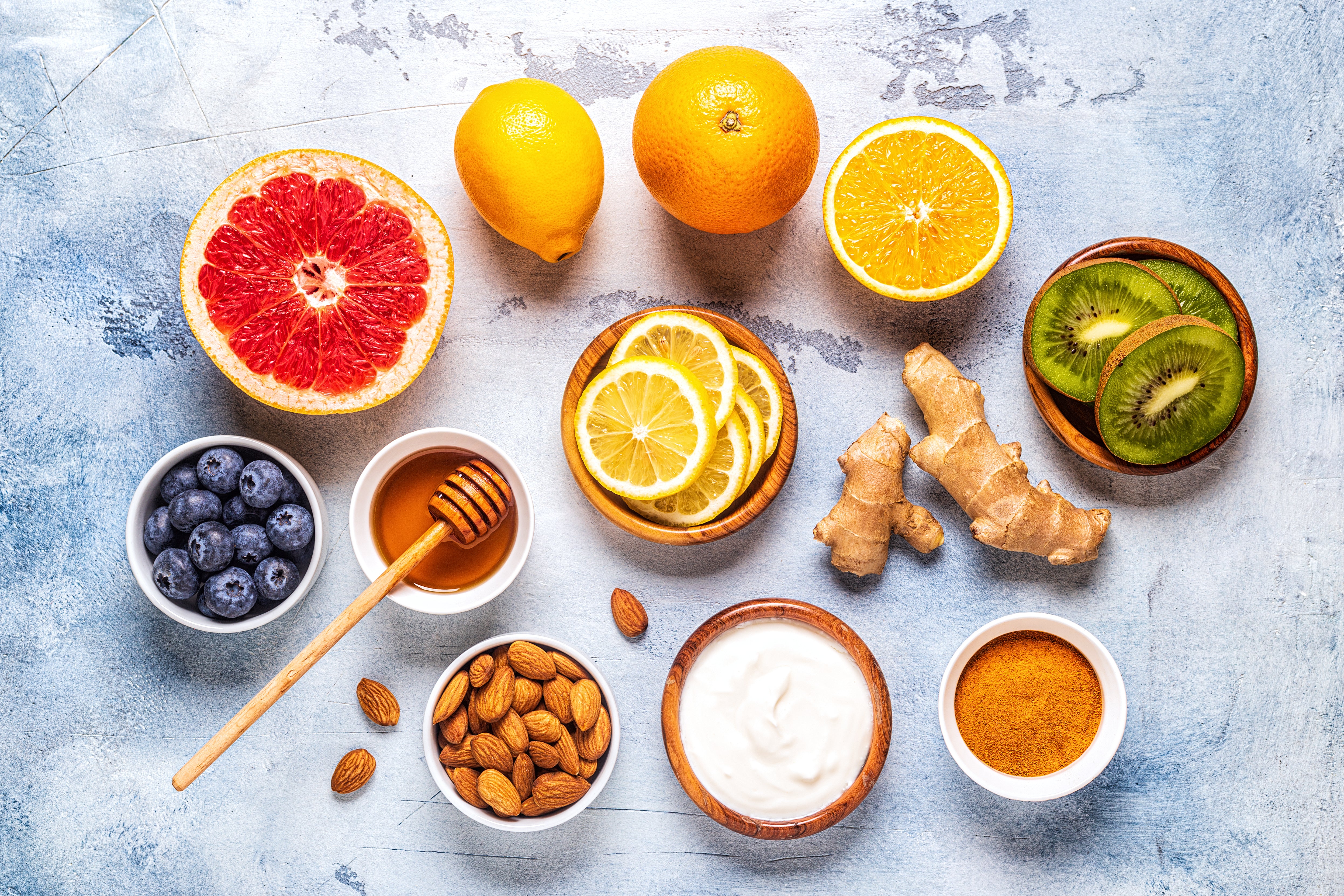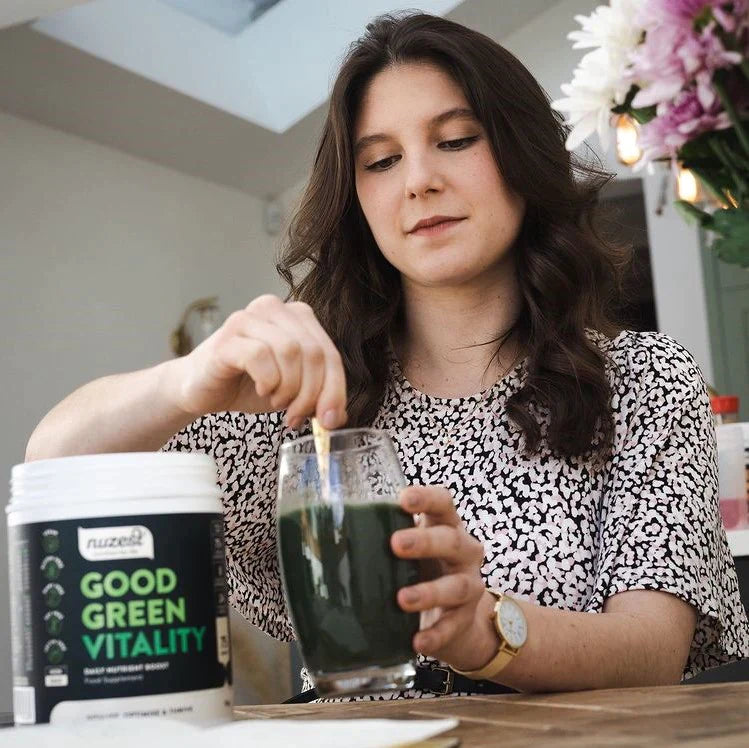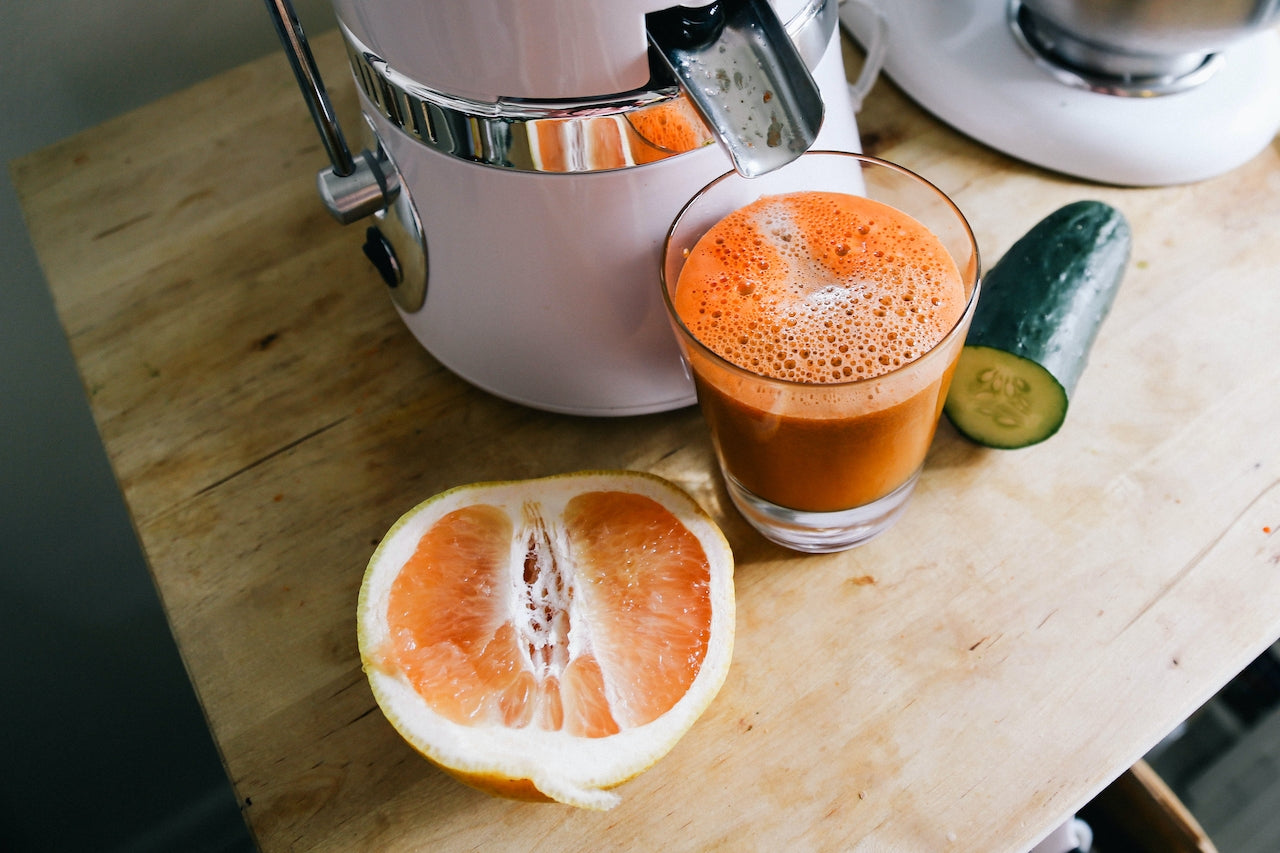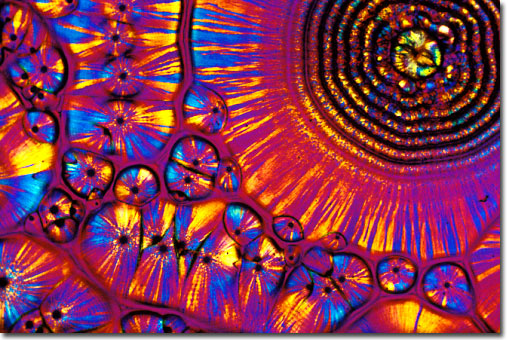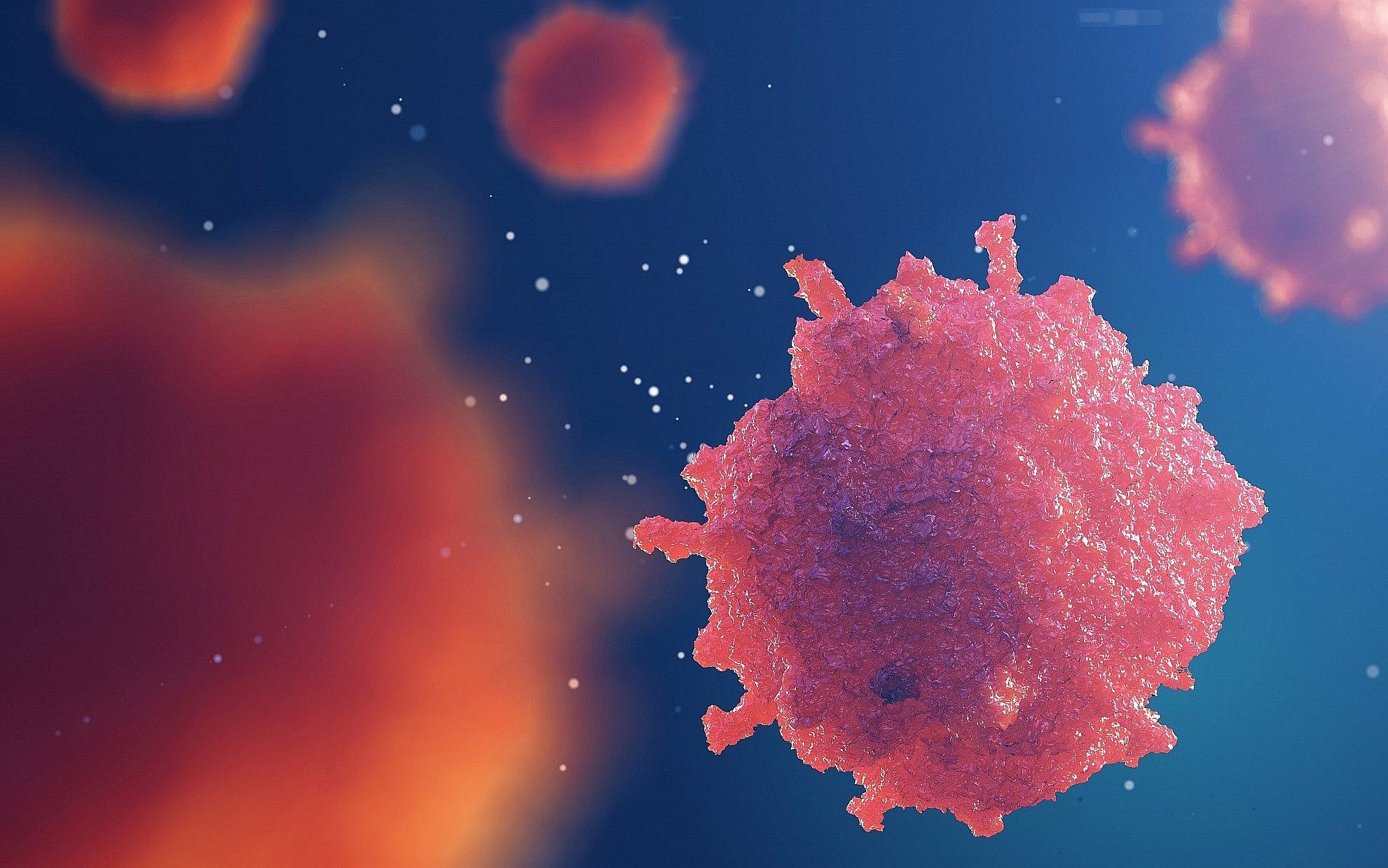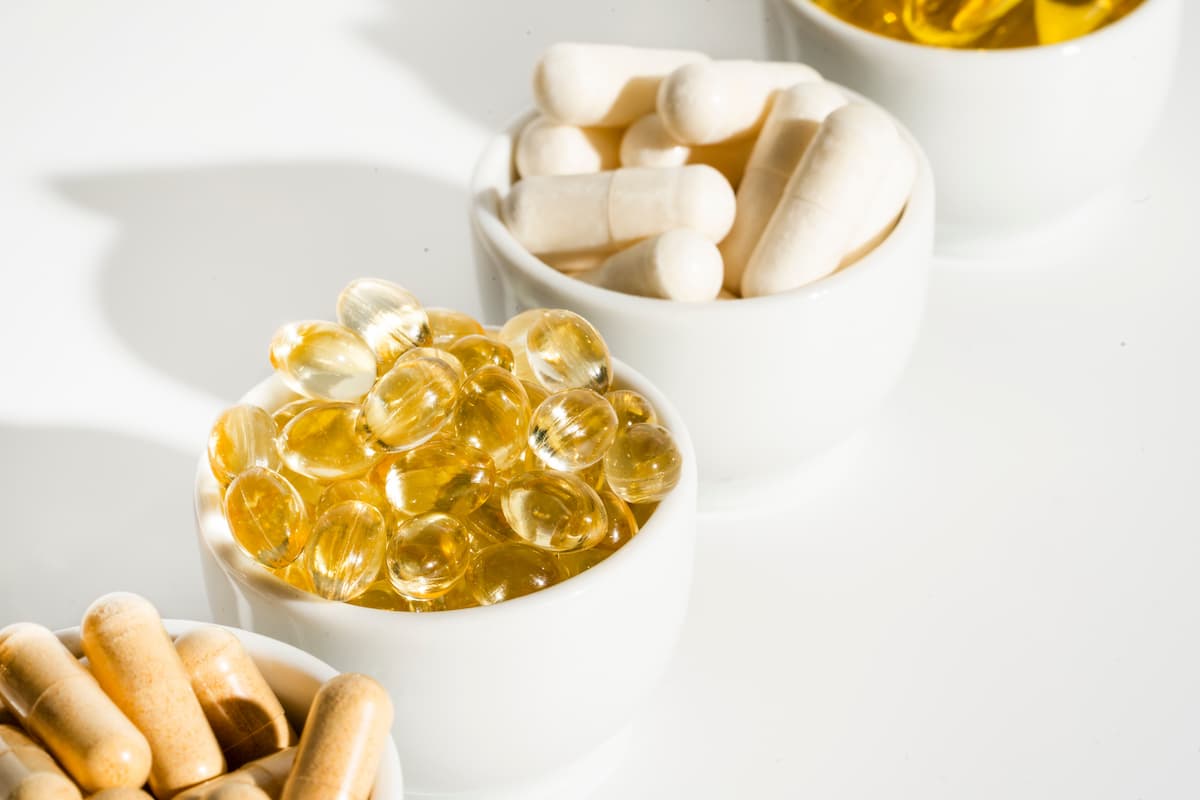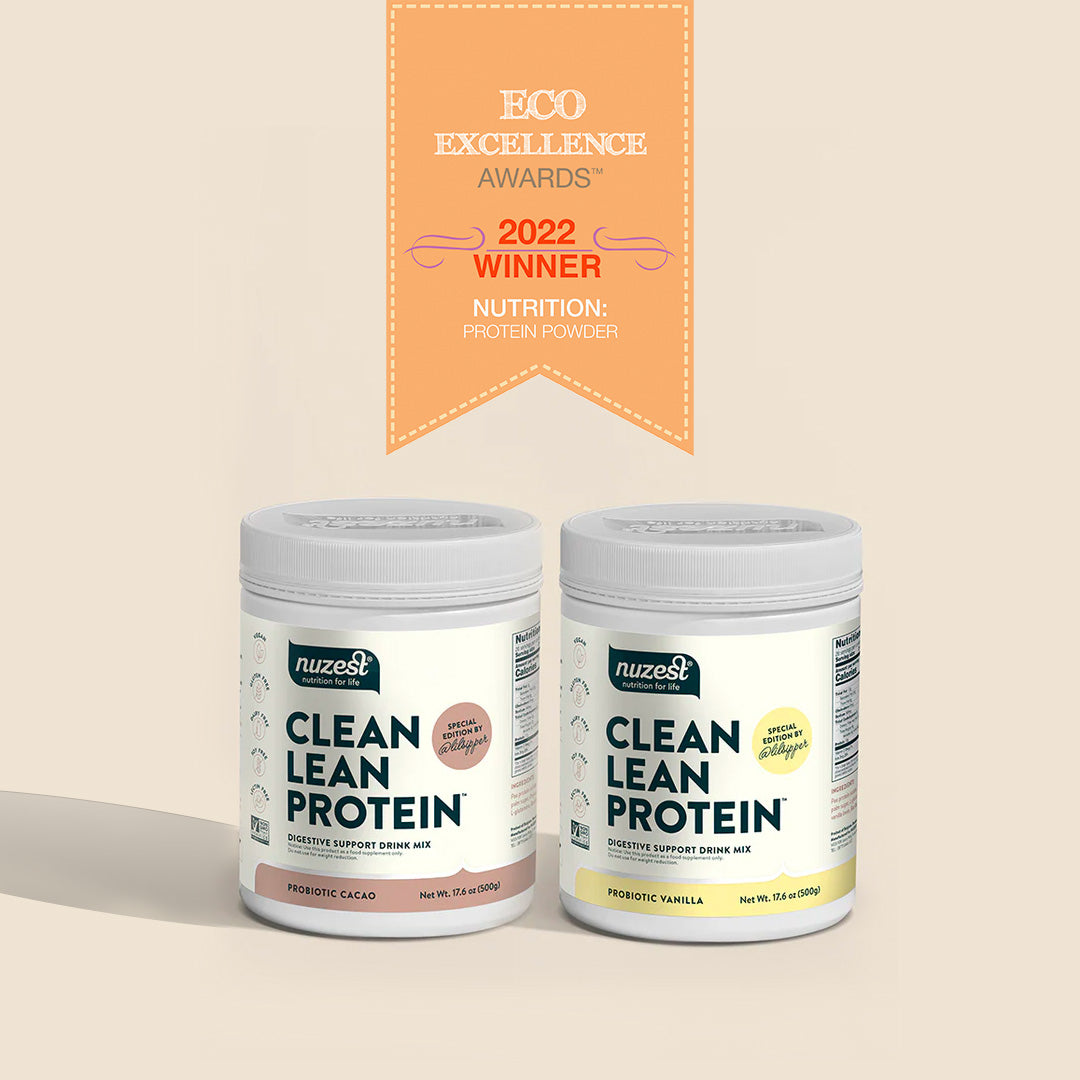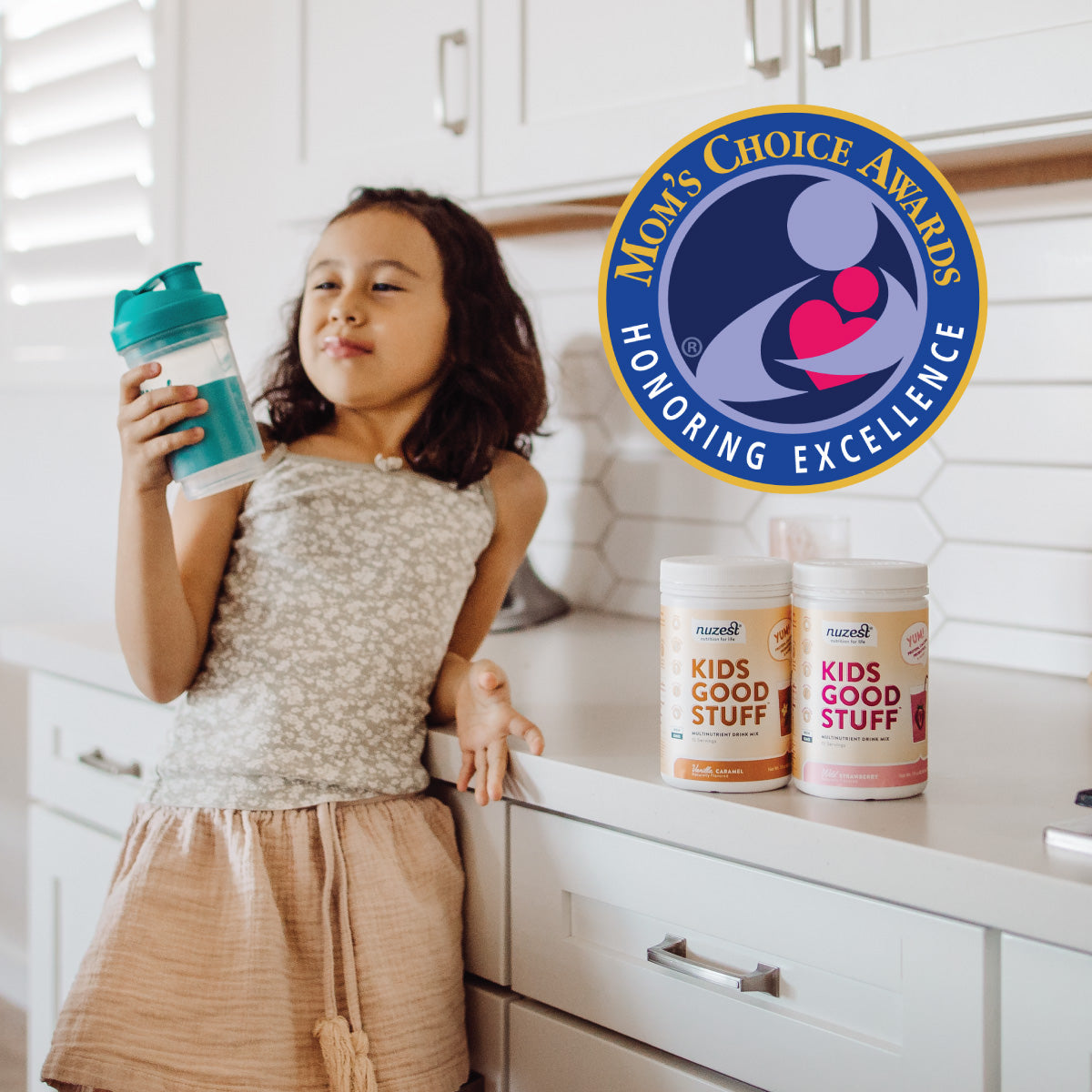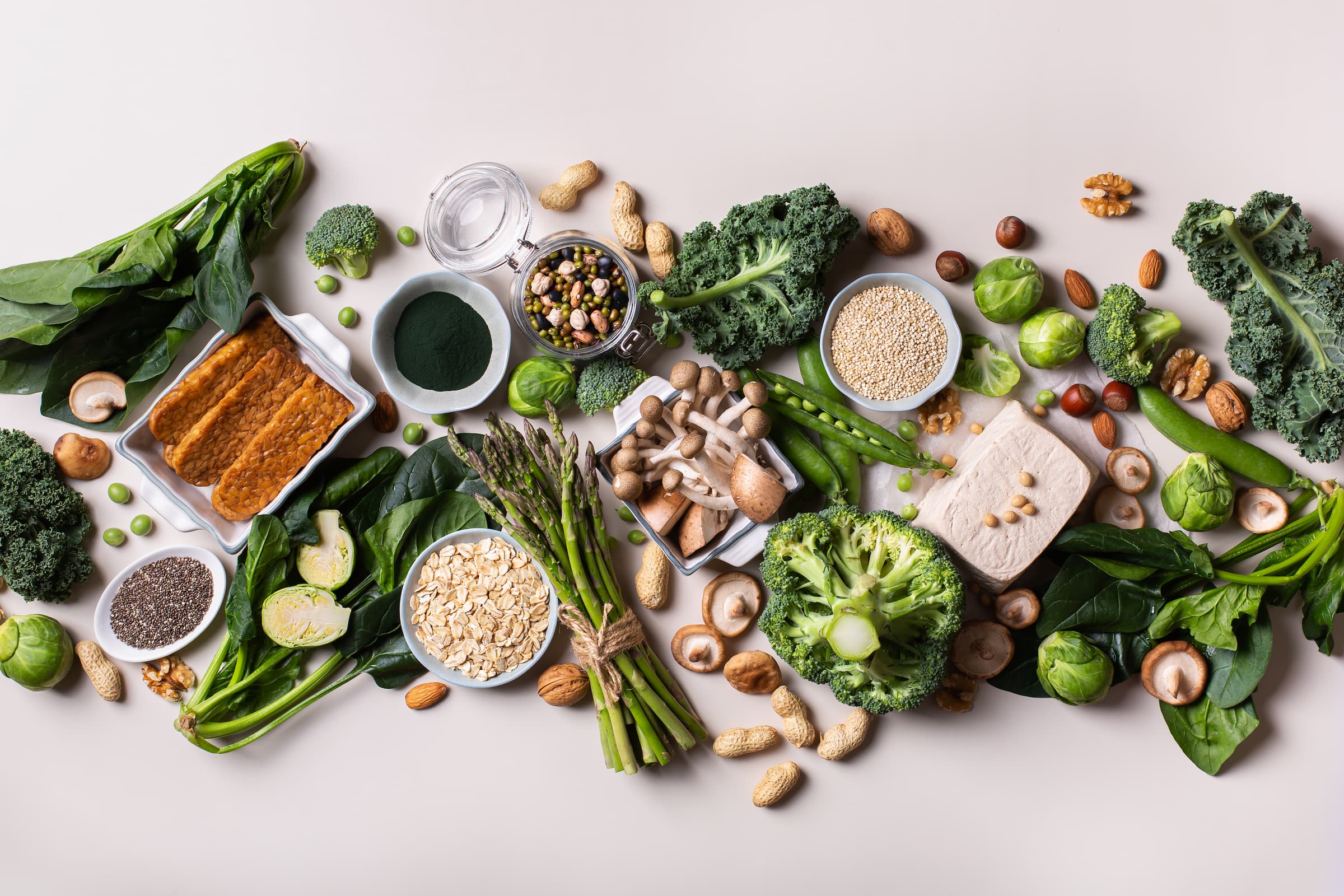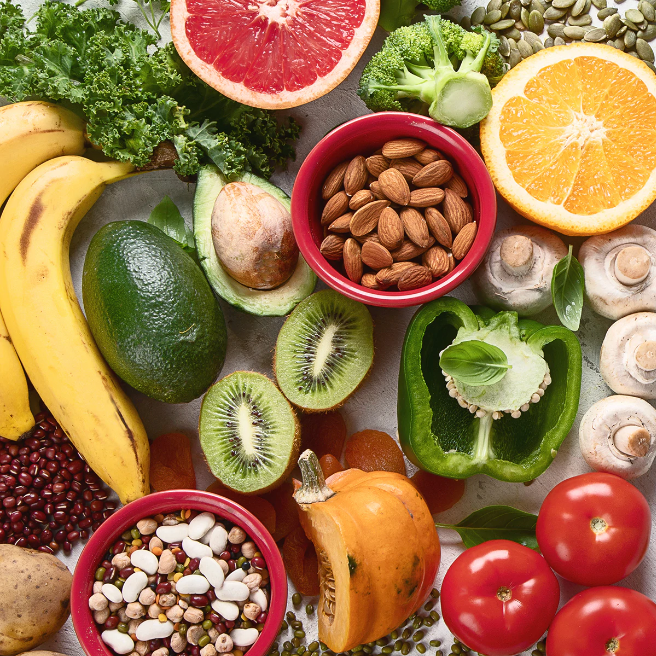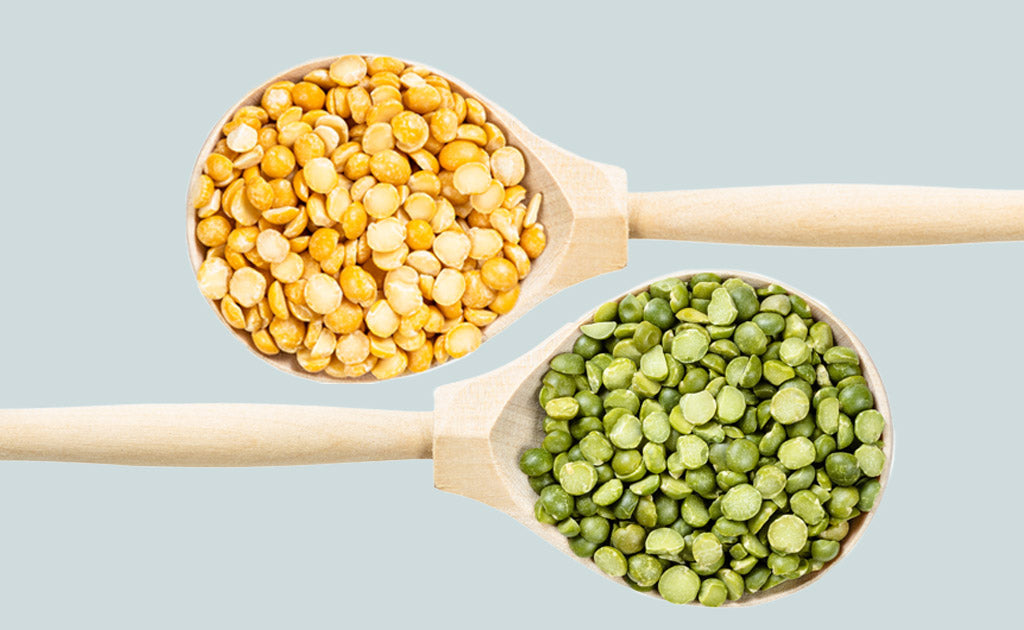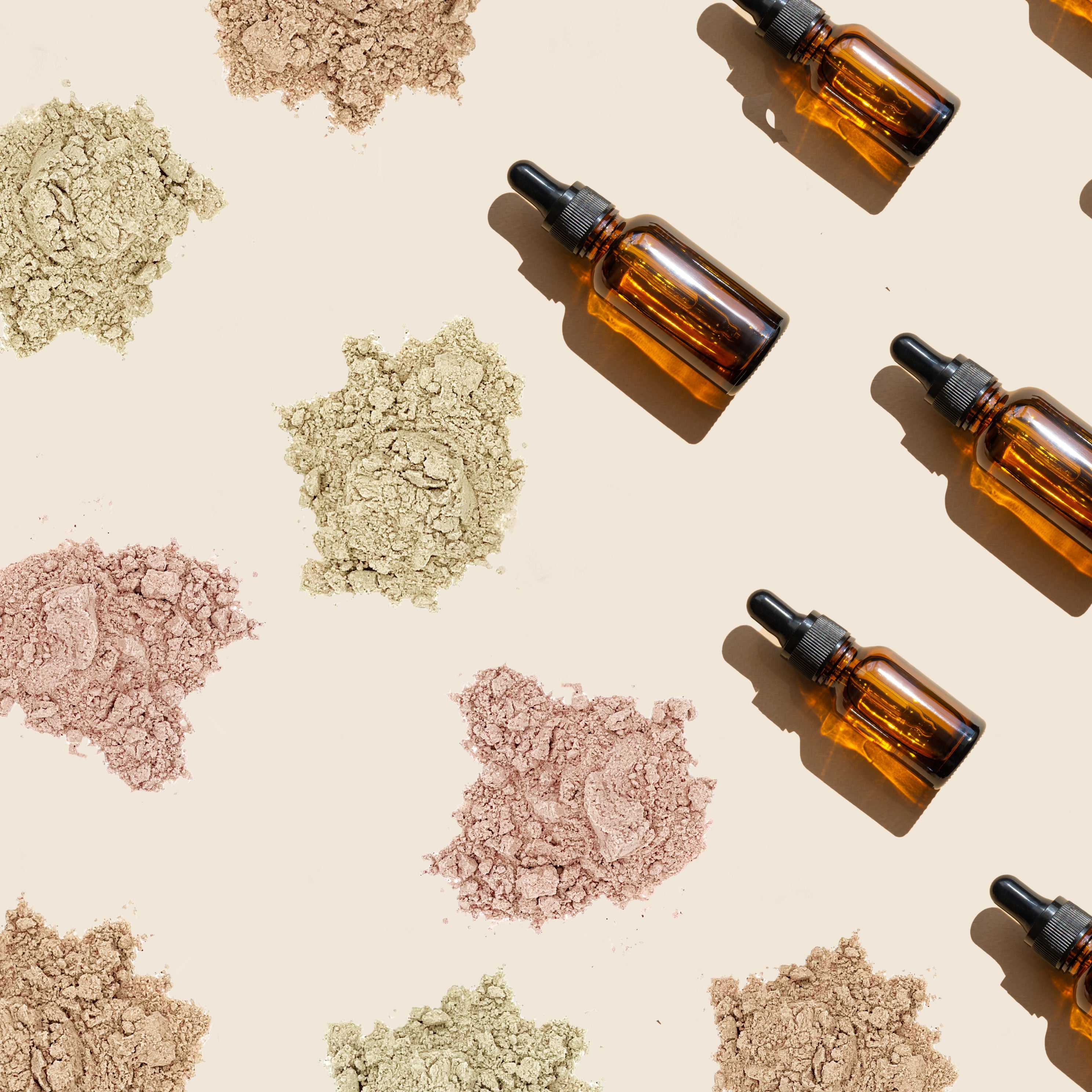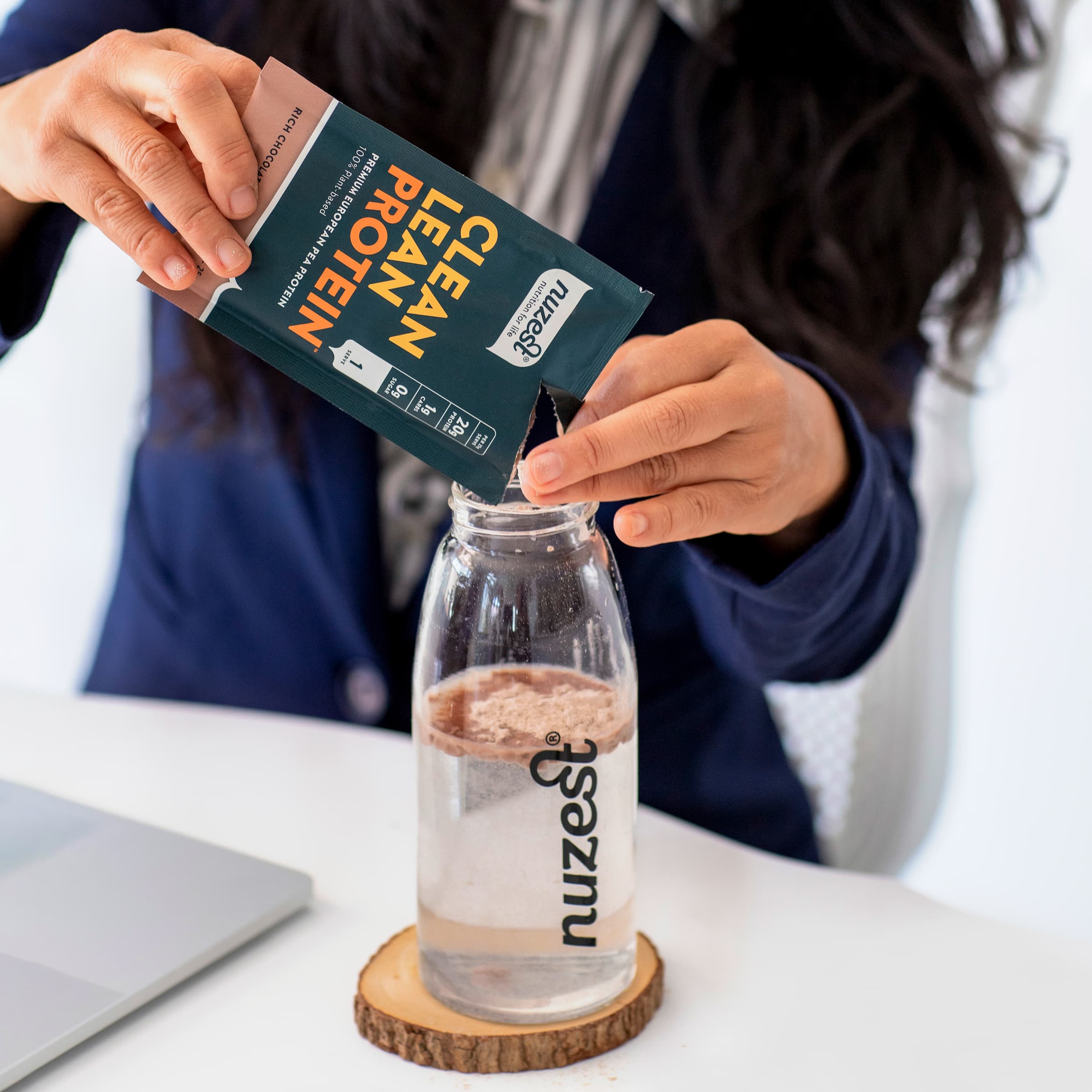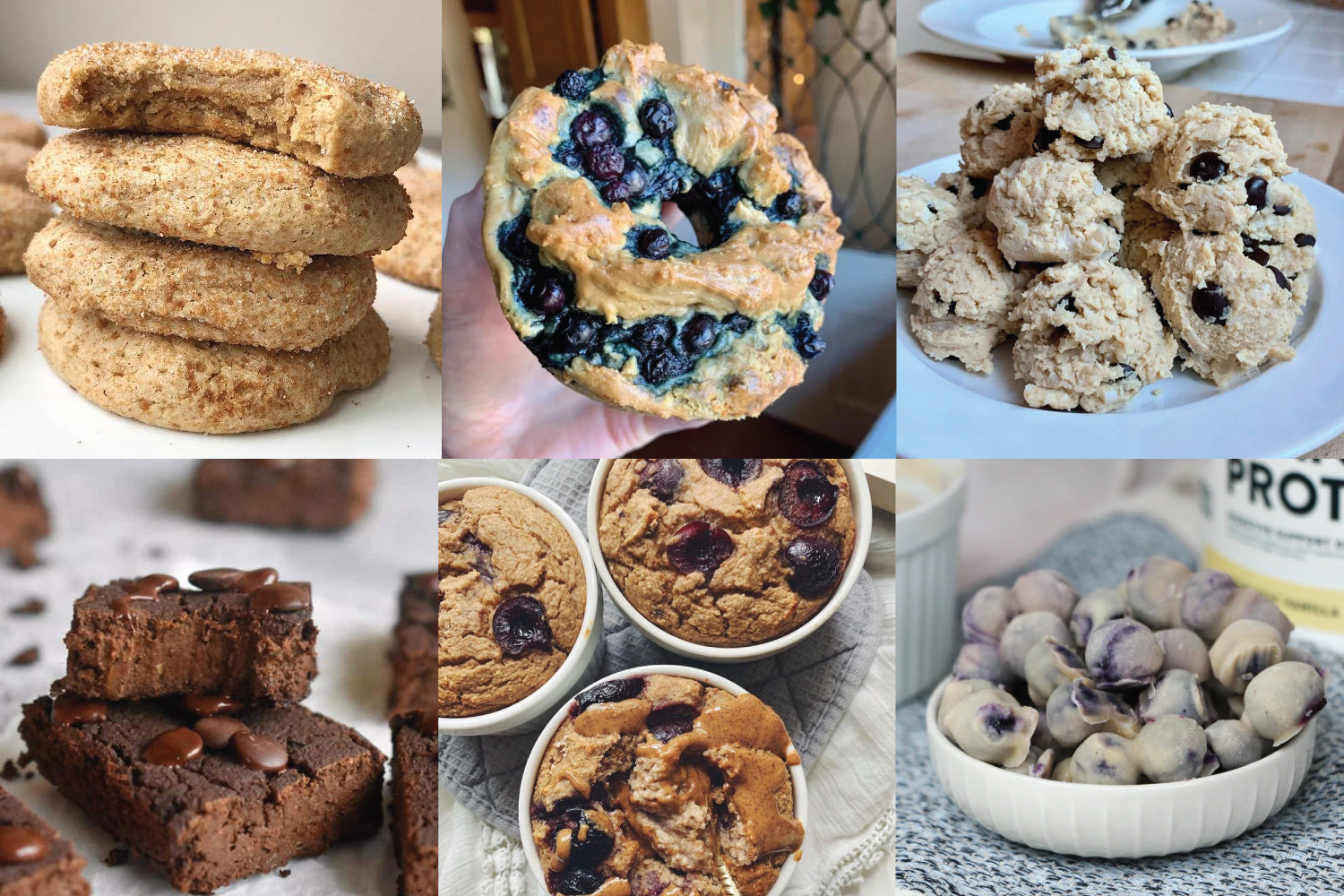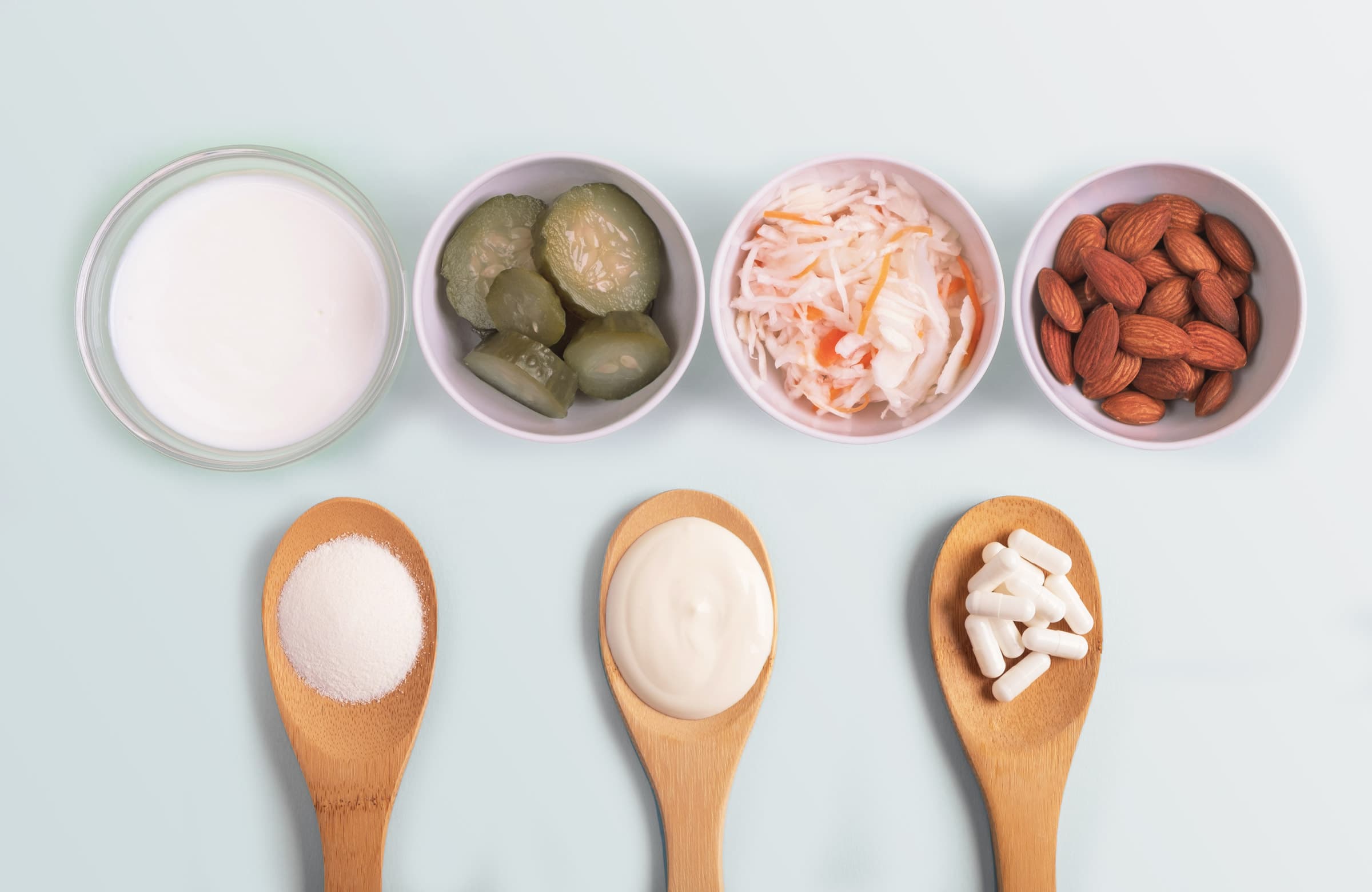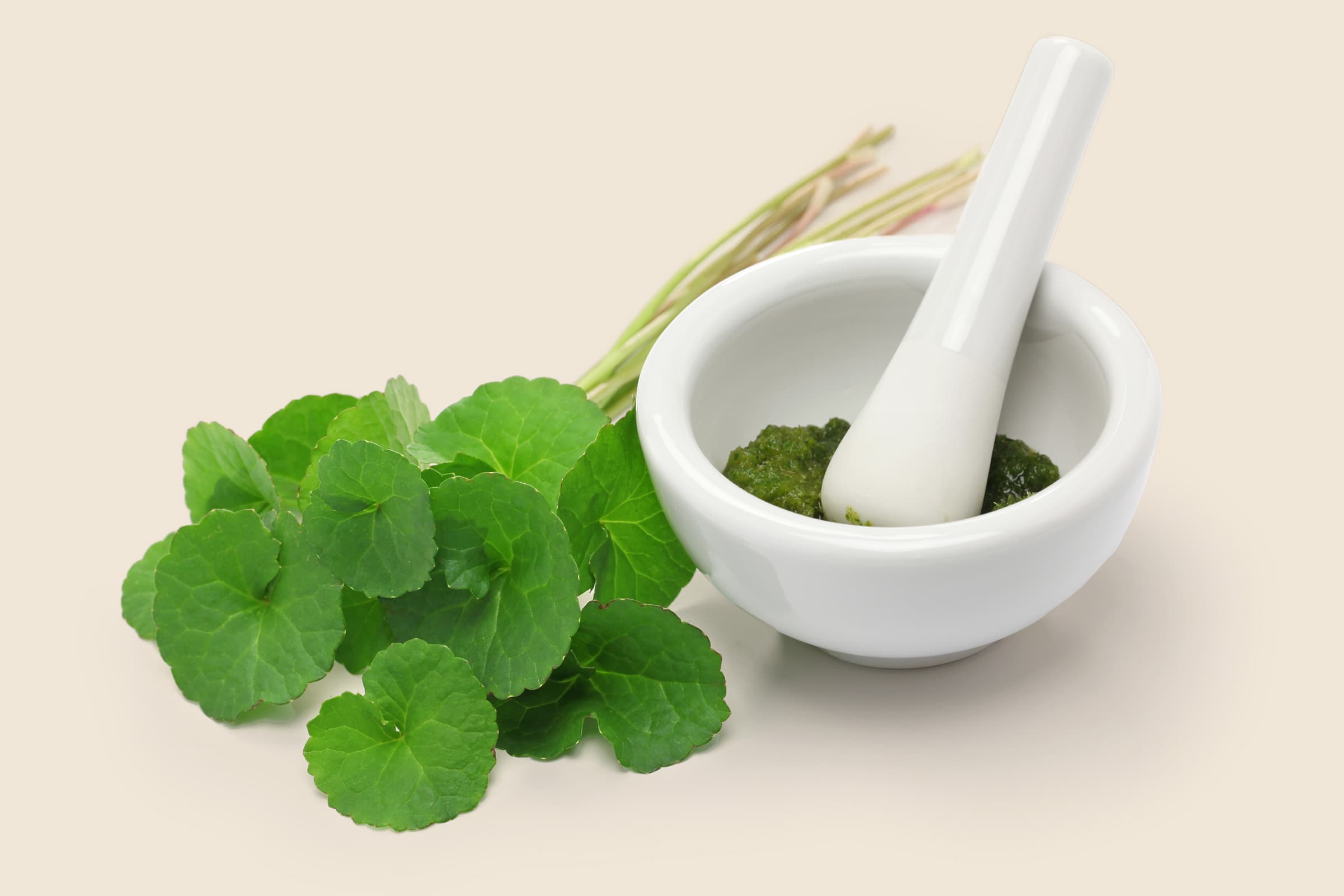Finding the right diet is downright overwhelming. There are so many to choose from, and they all have their own set of guidelines to follow in order to reap the benefits. Whether you select a diet for better health, or you’re following a special diet due to a health condition, making sure you get the proper nutrition is critical. Because it is probably one of the most important macronutrients, it's essential to ensure that you get the daily requirement of protein into your diet.
One big challenge that comes with many different diets is finding ways to get enough quality protein while sticking to the plan. Clean Lean Protein by Nuzest offers 18-21 grams of protein per 90-calorie serving, it keeps you feeling full, and it’s a complete protein that’s also allergy-friendly for individuals with egg, soy, wheat, or dairy allergies.
Even better, it’s possible to fit pea protein into nearly any diet for an extra dose of protein to help you meet your health and fitness goals. Not sure how to make it work? Here’s a closer look at some of the most popular diets and how to integrate pea protein into your diet successfully.
Table of Contents
- Pea Protein on a Vegan Diet
- Pea Protein on a Vegetarian Diet
- Pea Protein on a Keto Diet
- Pea Protein on a Vegan Keto Diet
- Pea Protein on a Candida Diet
- Pea Protein on a Whole 30 Diet
- Pea Protein on a Paleo Diet
- Pea Protein on a Paleo Vegan Diet
- Pea Protein on a Primal Diet
- Pea Protein on an Auto Immune Protocol (AIP)
- Pea Protein on a Gluten-Free Diet
- Pea Protein on a FODMAP Diet
Pea Protein on a Vegan Diet
An increasing number of people are choosing to go vegan for health, environmental, and ethical reasons, and when done correctly, the diet offers a variety of health benefits. A vegan diet involves eliminating all animal products, including dairy, eggs, and meat. Just a few of the health benefits of a vegan diet can include weight loss,1 reduced risk of diabetes,2 improved heart health,3 and a lower risk of cancer.4
One of the challenges of following a vegan diet is getting enough protein, which is where pea protein can help. Legumes, like peas, are a great source of nutrients, plant compounds, and protein. Pea protein is plant-based, and fiber and starch are removed from pea protein isolate, making it easily digestible and an excellent source of all the essential amino acids the human body needs. Clean Lean Protein’s pea protein also offers a natural source of vitamins and minerals, including iron. The fine, smooth powder is easy to flavor and mix, making it a simple and delicious addition to your vegan diet.
Pea Protein on a Vegetarian Diet
The vegetarian diet has quickly become popular across the world, with studies estimating that vegetarians make up about 18% of the world’s population.5
This diet involves avoiding meat, poultry, and fish, but other animal products like dairy and eggs are allowed. Multiple studies have shown the benefits of a vegetarian diet, finding that vegetarians often have a higher intake of certain nutrients and a better diet quality than individuals who eat meat.6
Some of the other health benefits of eating a vegetarian diet include: improved weight loss results when compared to low-calorie diets,7 lower BMI,8 lower blood pressure,9 and lower levels of cholesterol.10 One of the downsides to the vegetarian diet is that many people find it difficult to get enough protein, which is essential for healthy muscles, organs, bones, and skin. Dairy products and eggs offer protein, as do plant-based foods like meat substitutes, soy products, seeds, whole grains, lentils, and legumes. Pea protein offers an easy way to get enough protein. It’s completely plant-based, and it’s easy to add to foods or drinks, making it simple to increase protein intake while following a vegetarian diet.

Pea Protein on a Keto Diet
The ketogenic diet, often just called a keto diet, is a high-fat, low-carb diet that’s been proven to provide many health benefits. In fact, more than 20 different studies11 show that following this type of diet can help you improve health and lose weight. Similar to other low-carb diets like Atkins, it involves reducing carbohydrate intake significantly and replacing it with fat to put the body in a metabolic state known as ketosis. This helps your body convert from a glucose-burning system to a fat-burning system for energy. The keto diet can help reduce blood sugar levels, and this, combined with an increase in ketones, can offer several different health benefits.
Weight loss,12 cancer treatment,13 reduced symptoms of Alzheimer’s disease,14 and reductions in seizures in children with epilepsy15 are just a few of the health benefits associated with a keto diet. One of the keys to reaping the benefits of the keto diet is to turn to lean sources of protein, and pea protein fits the bill perfectly, touting 18-21 grams of protein, 2 grams of carbohydrate, and 1 gram of fat or less per 90-calorie serving.
Pea Protein on a Vegan Keto Diet
Although most people consider a keto diet to be a carnivore’s paradise, a vegan keto diet focuses on keeping carbs low while still getting high amounts of fat and protein—all while eliminating animal products. Just a few of the proven benefits of going keto can include fat loss,16 weight loss,17 and treating health conditions like cancer.18
Adding a vegan twist to the keto diet—whether it’s for health, environmental, or ethical reasons—comes with some unique challenges.
Vegans often rely on foods that have some protein and higher amounts of carbohydrates, while the keto diet includes meat, eggs, chicken, and fish for protein. The trick to marrying the two diets is to find quality protein choices that are fairly low in carbohydrates. That’s where pea protein offers some great benefits. Pea protein offers 89 grams of protein and only two carbs per 100-gram serving. In comparison, chicken breast has 23.1 grams, skirt steak has 26.7 grams, and salmon has 21.3 grams of protein per 100-gram serving. Other types of vegan protein include walnuts, almonds, tempeh, and firm tofu, but the addition of pea protein changes the game, making the vegan keto diet possible for people who want the benefits of keto while sticking with their vegan lifestyle.
Read more about pea protein and ketogenic diets.

Pea Protein on a Candida Diet
Candida is a fungus found throughout the human body, often found on the skin, in the mouth, and in the digestive tract.19
While it’s normally harmless, the overgrowth of candida can result in infection.20
The candida diet is designed to help reduce the symptoms of candida infections, although there’s little scientific evidence that it works. The diet excludes some dairy products, alcohol, gluten, certain food additives, and sugar, encouraging the consumption of gluten-free foods, non-starchy vegetables, and low-sugar fruits.
Science does show that very high sugar intake can make candida infections worse, but studies show that a diet high in refined carbohydrates has little effect on candida.21
Although there’s not a lot of evidence supporting the effectiveness of the candida diet, the diet’s focus on whole foods can result in reduced inflammation22 and improved gut function.23
Since the candida diet focuses on whole foods like non-starchy vegetables, quality proteins, and low sugar fruits, pea protein fits perfectly into this diet. It’s a better choice than whey protein that is derived from milk —which may be problematic when following the candida diet. It’s low in the starches and sugars that candida may feed on, and it’s high in protein and micronutrients that can help the gut wall heal, preserving its integrity.
Learn more about pea protein and an anti-candida diet here.
Pea Protein on a Whole 30 Diet
The Whole 30 Diet is a month-long clean-eating diet program that’s quickly gone viral, and it promises a variety of emotional and health benefits. The premise behind the diet is that certain food groups can harm your health, so the diet involves cutting out these foods for 30 days. Then you’ll slowly reintroduce foods while paying attention to the effects they have on the body. During the 30-day diet, foods like alcohol, legumes, grains, sugar, dairy, soy, artificial sweeteners, and processed additives must be eliminated completely.
There’s no such thing as a cheat meal when following this diet, and any mistakes made on the diet require that you begin the whole program again from day one. After the initial 30 days, phase 2—the reintroduction phase — begins. This phase involves slowly reintroducing foods you’ve eliminated to see how they make you feel. It’s suggested only to reintroduce one food at a time to identify any foods that may cause negative reactions.
Technically, since legumes aren’t allowed on the Whole 30 Diet, pea protein is not permitted.
While phase one involves not eating anything in an altered state, pea protein works well as a supplement during the reintroduction period of phase 2, particularly for people who have problems tolerating dairy. Pea protein won’t leave you feeling bloated or upset your gut like whey protein can. For an in-depth look at pea protein powder on The Whole 30 Diet, click here.

Pea Protein on a Paleo Diet
The paleo diet focuses on eating foods that our hunter-gatherer ancestors would have eaten, such as nuts, meats, fruits, seafood, and vegetables. Foods avoided on this diet include sugar, most dairy products, vegetable oils, processed foods, grains, trans fats, and artificial sweeteners. While only a few studies have been done on this diet, they suggest that the paleo diet may help improve glucose tolerance,24 aid in weight loss,25 and reduce some heart disease risk factors.26 Technically, pea protein isn’t permitted on the paleo diet because it’s made from legumes. The reason the paleo diet encourages people to avoid legumes is because of the ‘anti-nutrients’—such as saponins, lectins, and phytates—legumes contain. However, Nuzest’s natural enzymatic isolation process effectively removes these anti-nutrients, leaving you with pea protein that is highly digestible and free from the problems associated with legumes.
Learn more about pea protein and a paleo diet here.
Pea Protein on a Paleo Vegan Diet
While paleo and vegan diets may seem like polar opposites, it’s actually possible to combine the key concepts of both diets. Both of them focus on eating whole, unprocessed, natural foods, and it’s possible to go “Pegan,” reaping the benefits of both of these diet styles. The idea behind the paleo diet is to go back to the hunter-gatherer diet of the past, eliminating refined and processed foods that have become such a huge part of the modern diet.27 Just a few of the proven benefits of the paleo diet can include greater satiety, improved heart health,28 and increased fat loss.29 Normally, the paleo diet doesn’t allow the consumption of legumes, while legumes are one of the biggest ways the vegan diet incorporates quality protein. The reason the paleo diet disallows legumes is because of the anti-nutrients they contain, which can impair protein digestion and inhibit the body’s ability to absorb minerals.
So how does pea protein fit into a paleo vegan diet? Sprouting legumes helps remove problematic chemicals, making pea protein isolate a cost-effective, convenient way to get more vegan-friendly protein while sticking fairly close to the guidelines of the paleo diet.

Pea Protein on a Primal Diet
Based on “The Primal Blueprint,” the primal diet only allows you to eat foods primal humans would have been able to access. This means eliminating processed foods and grains while focusing on eating plenty of vegetables, natural fats, and protein. Whenever possible, food should be consumed in their natural state. While the primal diet is very similar to the paleo diet, they do have a few differences. Raw, full-fat dairy is encouraged on the primal diet, while it’s restricted on a paleo diet. While the paleo diet discourages eating nightshade vegetables, the primal diet does not.
Just like the paleo diet, legumes aren’t generally allowed on the primal diet. The challenge with legumes on these types of diets is the anti-nutrients that legumes contain, such as trypsin inhibitors, phytates, and lectins. Since Nuzest’s natural enzymatic isolation process ensures these anti-nutrients are removed, it’s safe to use our pea protein while following a primal diet, since you’re left with a highly digestible protein that has none of the problems commonly linked to legumes.
Read this guide to protein and the primal diet.
Pea Protein on an Auto Immune Protocol (AIP)
The Auto Immune Protocol (AIP) Diet is designed to reduce inflammation throughout the body, relieving the symptoms that come with autoimmune disorders. Autoimmune diseases occur when the body’s immune system begins attacking and damaging their own tissues, and inflammation is a common part of these diseases. Sometimes referred to as the paleo autoimmune protocol, the AIP diet is similar to the paleo diet, but much stricter. It involves eliminating foods that may result in inflammation of the gut while focusing on eating nutrient-rich foods. By avoiding inflammatory foods, it’s thought that this diet can help repair the gut, reducing the symptoms of autoimmune diseases, resetting the immune system, and preventing secondary autoimmune diseases.30
Foods avoided on the AIP diet include dairy, nightshade vegetables, sugars, food additives, most oils, grains, eggs, alcohol, butter and ghee, and legumes. However, after following the diet strictly for several weeks, people can try reintroducing foods to see if there’s a reaction. If so, it’s recommended that the food be excluded from their diet long-term. As with the paleo and primal diets, legumes are to be avoided because of the anti-nutrients they contain. Because our pea protein is created with a natural enzymatic isolation process that eliminates these anti-nutrients, it’s safe to use while on the AIP diet. And as you begin introducing foods back into your diet, pea protein can offer an excellent source of protein for those who find they’re unable to tolerate the symptoms that come with eating dairy products.

Pea Protein on a Gluten-Free Diet
A gluten-free diet involves eliminating foods that contain the protein gluten, which is found in foods like barley, wheat-based foods, malt, rye, brewer’s yeast, and triticale. Although most studies of these diets have been done on individuals with celiac disease, people with gluten sensitivity may also have problems tolerating gluten. Celiac disease is an autoimmune disease in which your body mistakes gluten as a threat, overreacting, and attacking gluten proteins. This may result in symptoms like skin rashes, weight loss, diarrhea, anemia, stomach pain, bloating, fatigue, or constipation.31 The symptoms of non-celiac gluten sensitivity are very close to those of celiac disease, including bloating, eczema, tiredness, stomach pain, and changes in bowel movements.32
Foods that often contain gluten include snack foods, baked goods, pasta, bread, sauces, certain drinks, and cereals.
Health-conscious companies are still able to produce foods without gluten by ensuring they use gluten-free raw materials and processes that ensure there is no gluten cross-contamination. With Clean Lean Protein, you’re getting pea protein that’s gluten-free and processed carefully to avoid gluten contamination.
Learn more about pea protein and the celiac diet here.
Pea Protein on a FODMAP Diet
Fermentable Oligo-, Di, Mono-saccharides, And Polyols (FODMAP), is a term used to classify a group of carbohydrates known for causing digestive symptoms like stomach pain, gas, and bloating in people who are sensitive to them.33
The FODMAP diet eliminates these foods, which are found in wheat, legumes, various vegetables and fruits, soft cheeses, milk, yogurt, and certain natural sweeteners, like agave nectar or honey. The main benefit of the diet is its ability to help reduce digestive symptoms, particularly in individuals who have irritable bowel syndrome (IBS), and multiple studies have proven the low-FODMAP diet effective.34
While legumes are generally discouraged on a FODMAP diet, Clean Lean Protein uses an isolation process to eliminate anti-nutrients that may cause problems for individuals with FODMAP sensitivities, leaving a product that’s incredibly high in protein and practically free from FODMAPs. With our pea protein, you get a low-allergen, complete protein that’s free from anti-nutrients like phytic acid, lectins, and saponins, as well as FODMAPs. (Learn more about Pea Protein and low-FODMAP diet.)
No matter what type of diet you follow, getting enough protein in your diet is vital for supporting lean body mass, preventing muscle loss, and promoting optimal health. Quality protein in your diet is critical for everything from building new muscle to improving the health of hair and nails.
However, not all forms of protein are equal, and certain forms may not fit into your current diet. Understanding how Nuzest pea protein affects your body and works with the diet you’ve chosen can help you feel confident in your choice. The most important thing is to find a range of healthy protein sources suitable for your health goals, lifestyle, and dietary restrictions.
References
- https://www.ncbi.nlm.nih.gov/pubmed/16164885
- https://www.ncbi.nlm.nih.gov/pmc/articles/PMC2671114/
- https://www.ncbi.nlm.nih.gov/pmc/articles/PMC3662288/
- https://www.ncbi.nlm.nih.gov/pubmed/26853923
- https://www.researchgate.net/publication/254412281_An_Estimate_of_the_Number_of_Vegetarians_in_the_World
- https://www.ncbi.nlm.nih.gov/pmc/articles/PMC3967195/
- https://www.ncbi.nlm.nih.gov/pubmed/28604251
- https://www.ncbi.nlm.nih.gov/pmc/articles/PMC2671114/
- https://www.ncbi.nlm.nih.gov/pubmed/24566947
- https://www.ncbi.nlm.nih.gov/pubmed/17364116
- https://www.ncbi.nlm.nih.gov/pubmed/17332207
- https://www.ncbi.nlm.nih.gov/pubmed/14769483
- https://www.ncbi.nlm.nih.gov/pmc/articles/PMC1819381/
- https://www.ncbi.nlm.nih.gov/pmc/articles/PMC2367001/
- https://www.ncbi.nlm.nih.gov/pubmed/11581442
- https://journals.lww.com/nsca-scj/fulltext/2010/02000/Low_Carbohydrate_Diets_Promote_a_More_Favorable.6.aspx
- https://www.ncbi.nlm.nih.gov/pubmed/16476868
- https://www.ncbi.nlm.nih.gov/pubmed/25666556
- https://www.ncbi.nlm.nih.gov/pmc/articles/PMC1797637/
- https://www.ncbi.nlm.nih.gov/books/NBK2486/
- https://www.ncbi.nlm.nih.gov/pubmed/10357735
- https://www.ncbi.nlm.nih.gov/pubmed/26400429
- https://www.ncbi.nlm.nih.gov/pubmed/28176667
- https://www.ncbi.nlm.nih.gov/pubmed/17583796
- https://www.ncbi.nlm.nih.gov/pubmed/23414424
- https://www.ncbi.nlm.nih.gov/pubmed/19604407
- https://www.ncbi.nlm.nih.gov/pubmed/25661189
- https://www.ncbi.nlm.nih.gov/pubmed/25828624
- https://www.ncbi.nlm.nih.gov/pubmed/24473459
- https://www.medicalnewstoday.com/articles/320195.php
- https://www.ncbi.nlm.nih.gov/pubmed/22493548
- https://www.ncbi.nlm.nih.gov/pubmed/26109797
- https://www.ncbi.nlm.nih.gov/pubmed/15948806
- https://www.ncbi.nlm.nih.gov/pubmed/25982757
